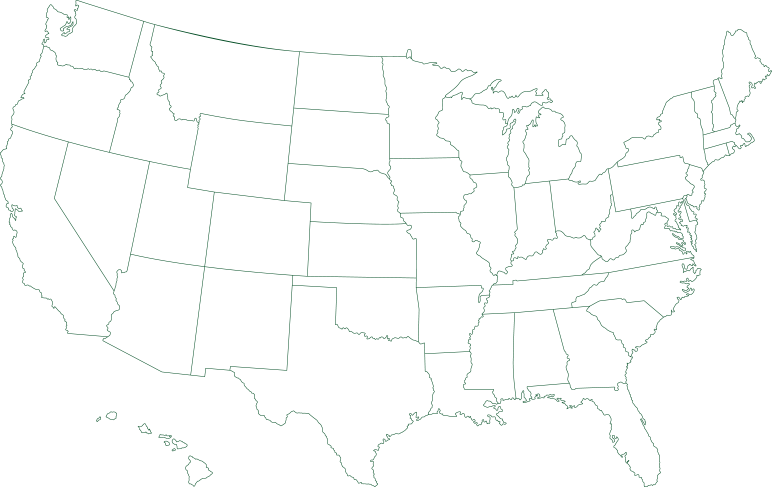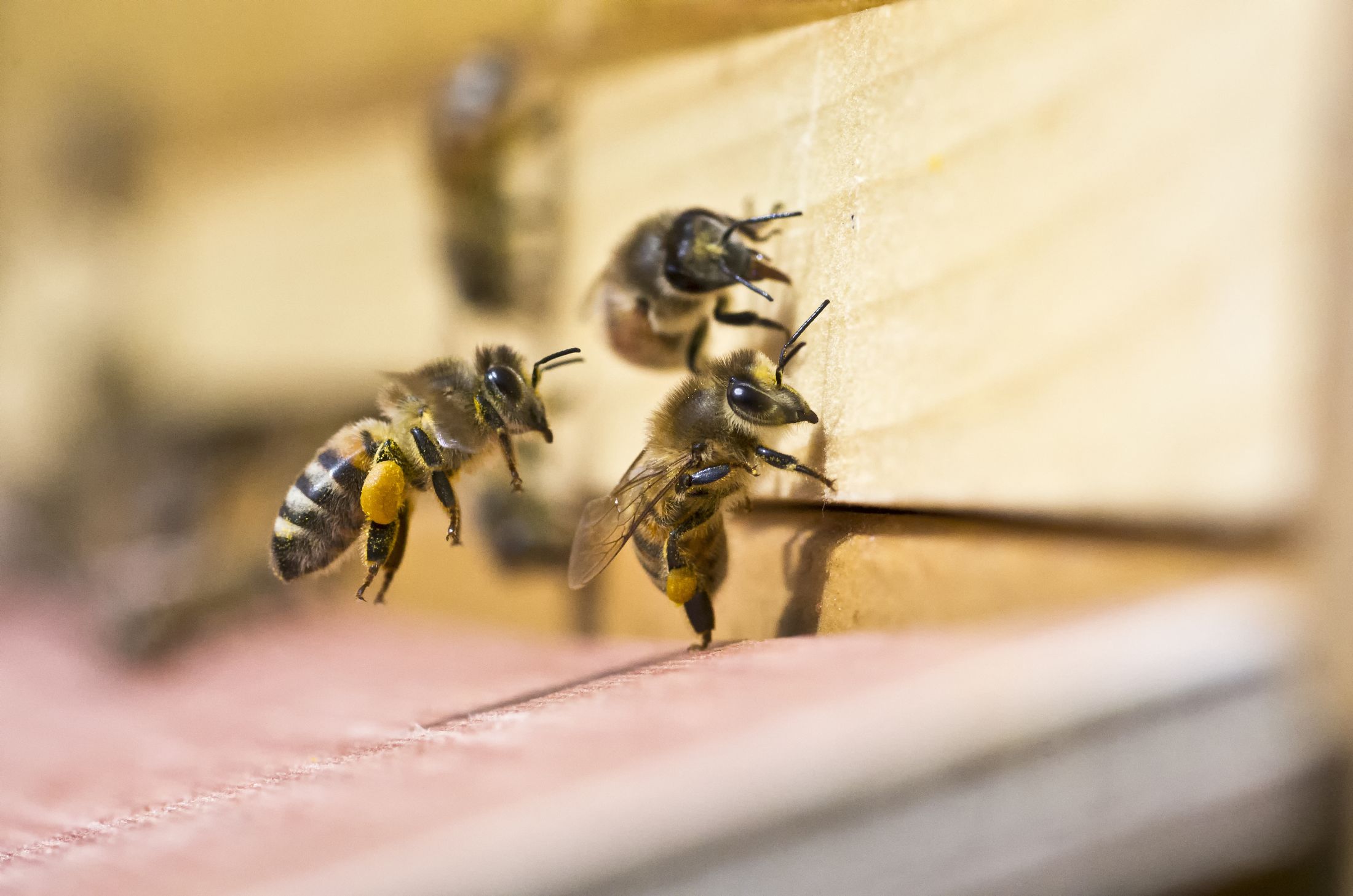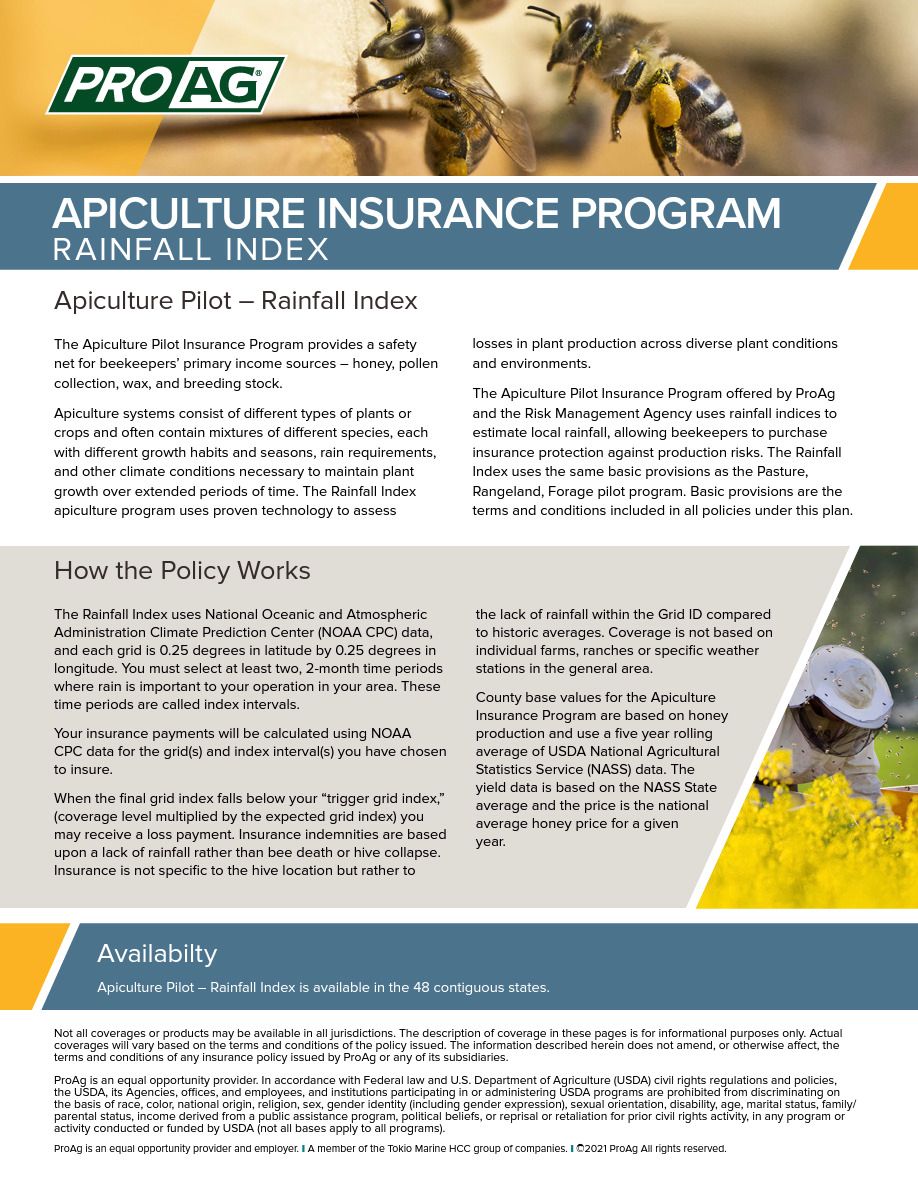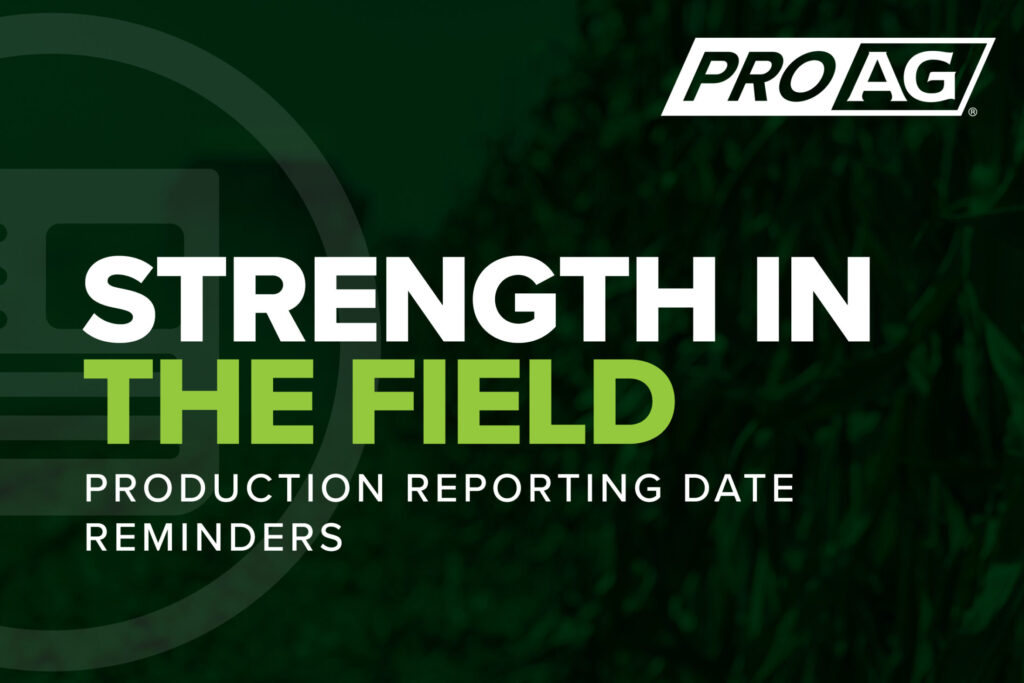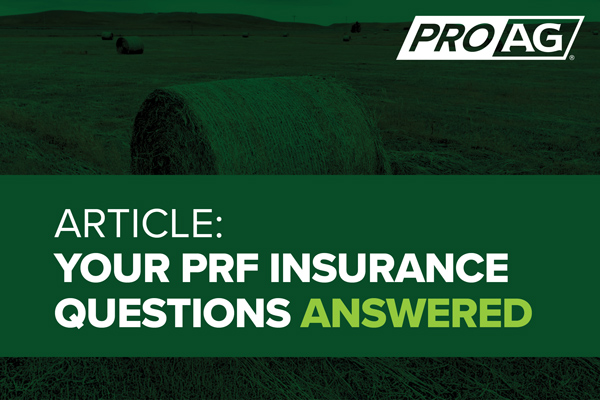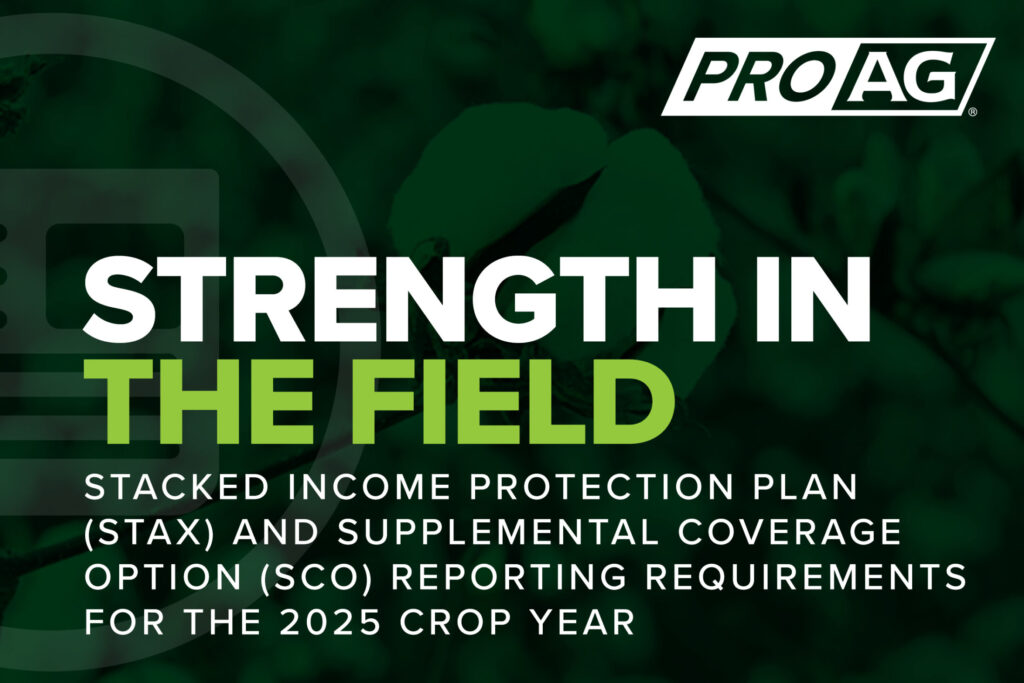Apiculture (API) insurance provides a safety net for beekeepers’ primary income sources – honey, pollen collection, wax, and breeding stock.
According to the USDA, in the United States honey bee colonies currently produce about 163 million pounds of honey. Just as important, is the pollination of many crops across our country. As you know, many things, both manmade and natural can affect a colony’s health and level of production of bees in any given season. At the same time, the weather is unpredictable and can bring frost, hail, hurricanes, drought and freeze which can affect a crop’s ability to produce buds, blossoms or even foliage in some years. As a result, weather can affect a colony’s ability to forage and in turn, limit their ability to produce.
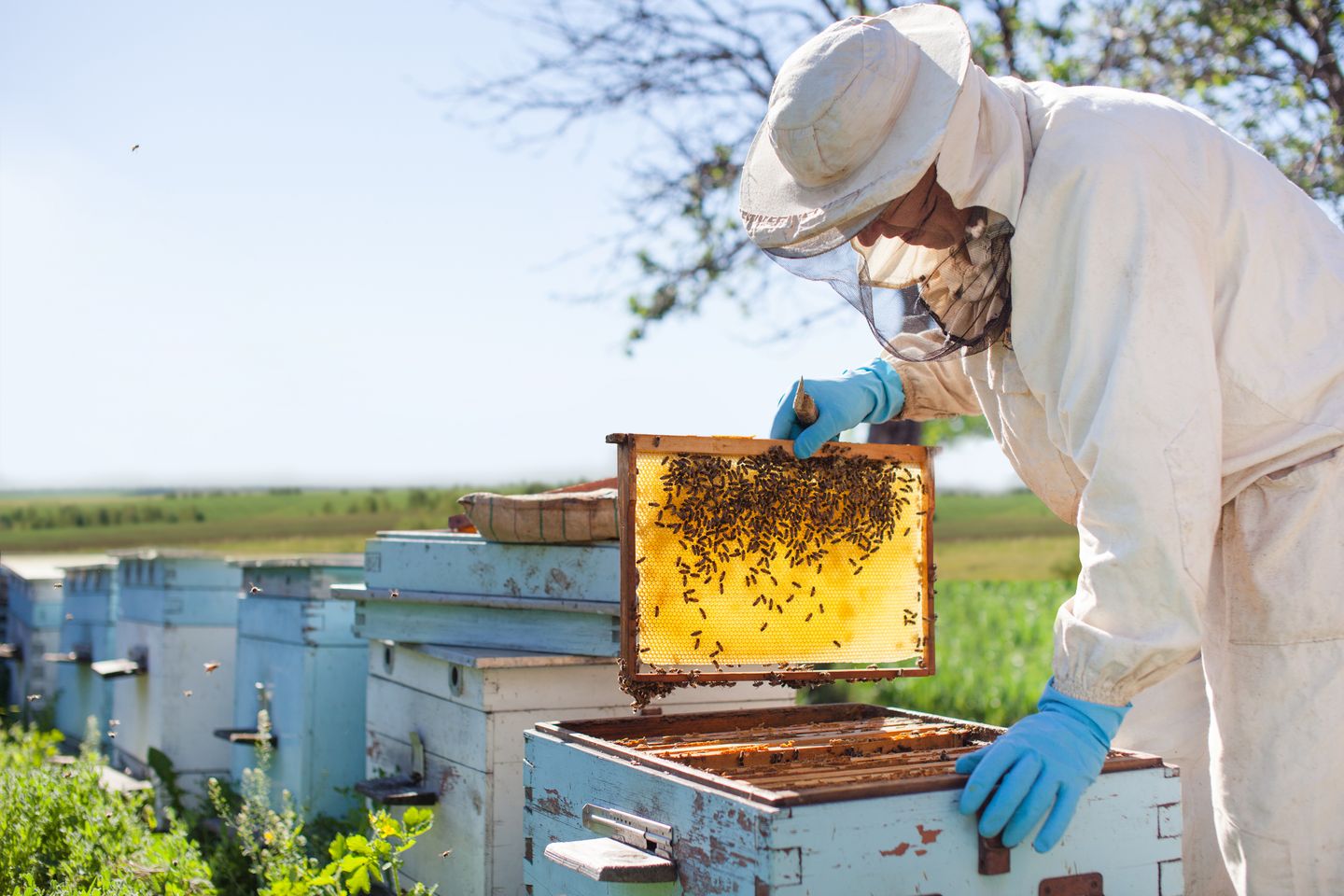
How API Works
Beekeeper insurance can provide a safety net to protect the income of beekeepers who raise and care for honey bees for the purpose of, but not limited to, the collection of pollen, honey, and wax production, and breeding stock.
A colony’s production can be significantly affected by many of these factors as well. Due to this variability, rather than determining how much a particular colony produces, the Risk Management Agency’s (RMA) Apiculture Pilot Insurance Program (API) insurance uses lack of rainfall in a specific area or areas called grid locations to determine when a loss payment is due.
Grid locations are approximately 17 square miles and chosen by the beekeeper based on the location of apiaries or land that is owned or leased. The colonies do not need to physically remain within these locations to be insured, and all or just a few of the colonies can be insured. Beekeepers can only insure bee colonies that they own or have a share in the ownership and he/she cannot insure more colonies than they own.
How does the USDA honey bee insurance program work?
In addition to a grid area, the beekeeper selects at least two two-month periods during the year when rainfall is essential to their colonies, as well as the number of colonies they want to insure. They also select a coverage level between 70-90% which helps determine the trigger point for a loss payment. You may select the number of colonies located in the county to be insured. However, the total number of the insured colonies in the county cannot exceed the number of the total insurable colonies in the county. In addition, the total number of insurable colonies cannot exceed the highest number of insurable colonies in the previous three years unless you can provide documentation that supports the number of colonies you want to insure.
The last selection is a productivity factor to match the amount of protection to the value of the production that best represents your operation and the productive capacity of your colonies. By selecting a productivity factor, a value between 60-150% of the county base value is established, which is based on honey production and uses a five-year rolling average of USDA National Agricultural Statistics Service (NASS) data. The yield data is based on the NASS state average and the price is the national average honey price for a given year.
Final insurance payments are determined by using National Oceanic and Atmospheric Administration Climate Prediction Center data for the grid(s) and index interval(s) the beekeeper has chosen to insure. When the final grid index falls below the policy’s “trigger grid index”, an indemnity may be received. This insurance coverage is for a single peril, lack of precipitation.
How do I get paid?
There is no action required by the beekeeper. A payout is generated when the amount of rainfall in a chosen grid area drops below a percentage of average, which was chosen at the time of application by the beekeeper. Loss payments are sent automatically no more than 60 days after the final grid index is released which may occur before the premium is billed.
Rainfall Index Apiculture insurance does not require a historical record of a specific colony’s production. And, since average rainfall patterns and historical averages are used, an onsite inspection by an adjuster is not needed. Remember, coverage is not based on rainfall on a specific farm, orchard, ranch or weather station. Similarly, coverage is not dependent on one colonies lack of production, collapse or bee death.
How much does beekeeper insurance cover and what is the cost?
The Rainfall Index Apiculture insurance program provides more coverage than the Farm Service Agency’s Noninsured Crop Disaster Assistance Program (FSA-NAP) program. Thanks to Federal government premium subsidies, the cost of insurance may be reduced by more than 50%.
Is Apiculture beekeeper crop insurance right for you?
Contact your trusted ProAg crop insurance agent for assistance in comparing the risk management options available to you and your unique apiculture operation. You should work with your trusted ProAg crop insurance agent to view the decision tool, map, and historical indices for your area to make sure that this product will be helpful to your operation. Come grow with confidence today.
RMA Apiculture (API) Resources and Tools
- RMA Bulletin PM-21-051 Rainfall Index – Pasture, Rangeland, Forage and Apiculture Changes Effective for the 2022 and Succeeding Crop Years
- Rainfall Index Basic Provisions – 22-RI
- Rainfall Index Apiculture (API) Crop Provisions – 22-RI-API
- Rainfall Index Insurance Standards Handbook
- RMA Fact Sheet – Apiculture Pilot Insurance Program Honey, Pollen Collection, Beeswax, Breeding Stock
How is an indemnity calculated for API?
There is no action required by the beekeeper. A payout is generated when the amount of rainfall in a chosen grid area drops below a percentage of average, which was chosen at the time of application by the beekeeper. Loss payments are sent automatically no more than 60 days after the final grid index is released which may occur before the premium is billed.
Rainfall Index Apiculture insurance does not require a historical record of a specific colony’s production. And, since average rainfall patterns and historical averages are used, an onsite inspection by an adjuster is not needed. Remember, coverage is not based on rainfall on a specific farm, orchard, ranch or weather station. Similarly, coverage is not dependent on one colonies lack of production, collapse or bee death.
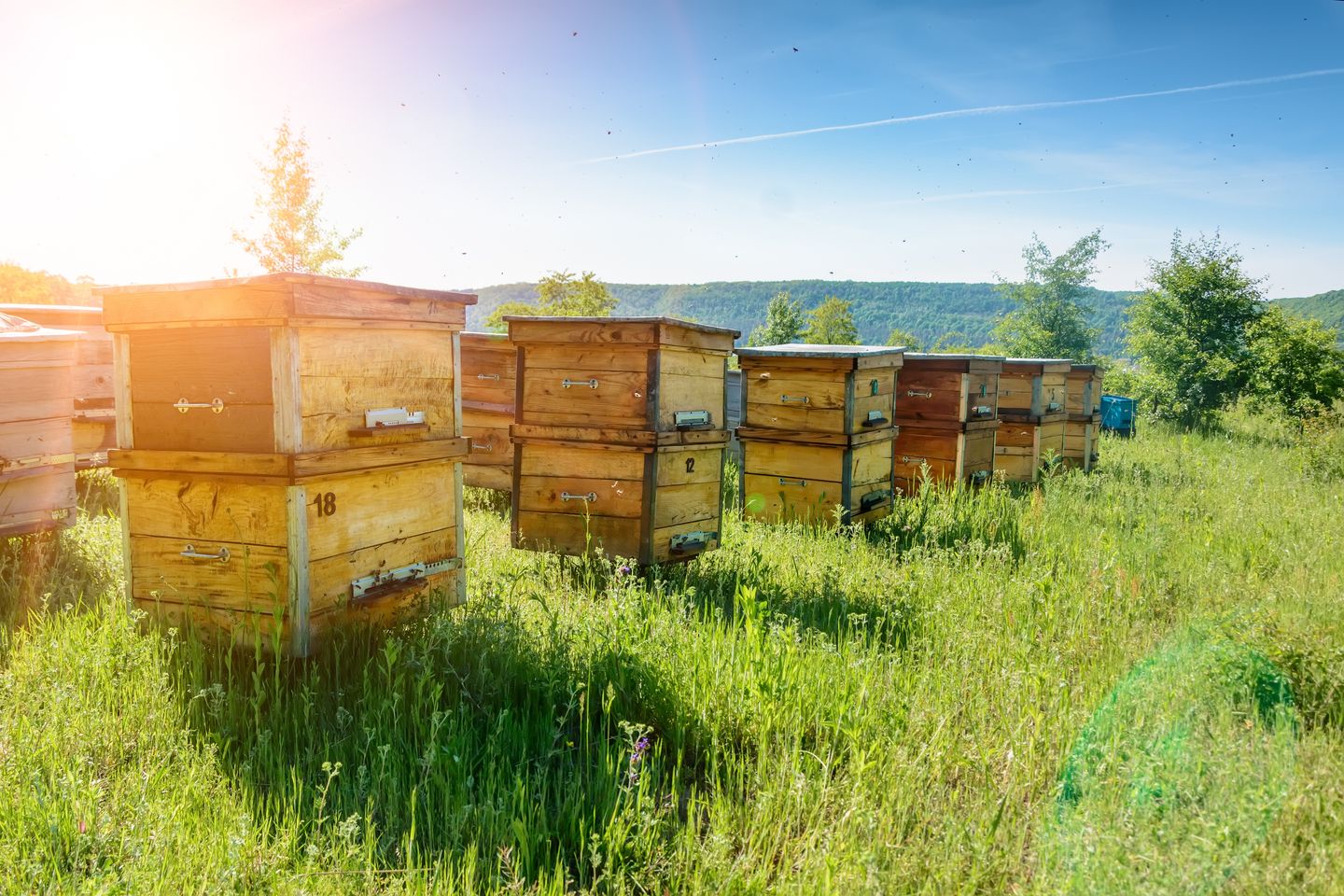
"*" indicates required fields
